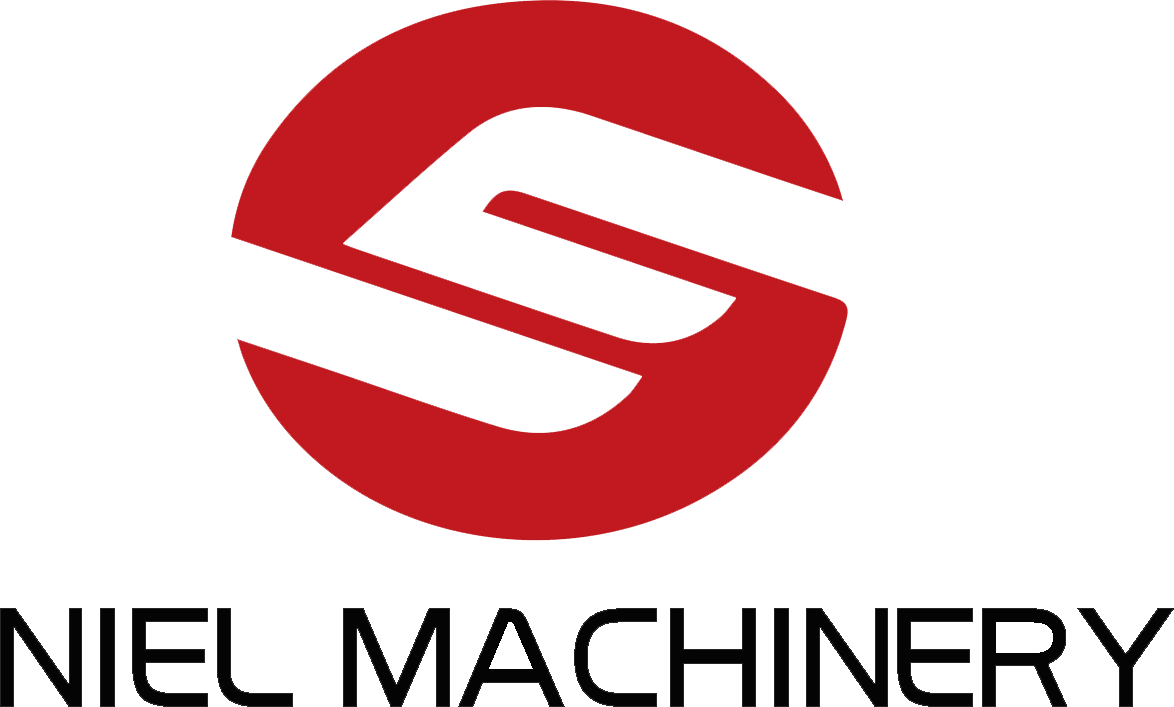Understanding Powder Ribbon Mixers: An Essential Tool in Manufacturing
Release time:
2025-05-02 09:20
Source:
The core mechanism of a powder ribbon mixer involves a series of helical ribbons attached to a central shaft. As the shaft rotates, the ribbons move materials in a continuous flow, thoroughly dispersing the powders within the mixing chamber. This design promotes both axial and radial mixing, ensuring that all components reach a uniform consistency. The two main types of ribbon mixers are the single ribbon mixer and the double ribbon mixer, with the latter providing enhanced mixing efficiency due to its increased surface area and improved material flow.
One of the significant advantages of powder ribbon mixers is their versatility. They can handle a variety of materials, including powders, granules, and even cohesive materials that may otherwise be challenging to mix. This versatility makes them valuable in various sectors, including food processing, where precise blending of ingredients is essential, and pharmaceuticals, where consistency in formulation is critical for efficacy and safety.
Additionally, powder ribbon mixers can be customized based on the specific needs of the production process. This customization may involve variations in size, ribbon design, and the inclusion of features such as heating or cooling jackets to accommodate temperature-sensitive materials. By tailoring these mixers to the application, manufacturers can further optimize the mixing process, leading to improved product quality and reduced waste.
Moreover, maintenance and cleaning are vital considerations when operating powder ribbon mixers. Regular maintenance ensures that the equipment operates efficiently and extends its lifespan. Many modern mixers are designed for easy access to critical components, allowing for straightforward cleaning and maintenance routines. This is particularly important in industries where hygiene standards are paramount.
In conclusion, powder ribbon mixers are a crucial asset in the manufacturing process, delivering efficiency and quality in mixing operations. Understanding their design, functionality, and application can significantly impact production outcomes. By investing in the right mixer for your needs, you can enhance your operational efficiency, product quality, and overall manufacturing capabilities.
Related News
Boosting Efficiency: Semi Automatic Powder Filling Machine in Action
Boosting Efficiency: Semi Automatic Powder Filling Machine in Action Table of Contents 1. Introduction to Semi Automatic Powder Filling Machines 2. What is a Semi Automatic Powder Filling Machine? 3. How Does a Semi Automatic Powder Filling Machine Work? 4. Benefits of Semi Automatic Powder Filling Machines 5. Applications of Semi Automatic Powder Filling Machines 6. Maint
Understanding Semi-Automatic Powder Filling Machines: A Comprehensive Overview
Semi-automatic powder filling machines are pivotal in the packaging sector, particularly for businesses handling powdered products such as spices, flour, chemicals, and pharmaceuticals. These machines bridge the gap between manual filling methods and fully automatic systems, offering businesses an optimal solution for efficiency and precision. One of the primary advantages of semi-automatic powder
The Evolution of Mixing Machinery: Horizontal Paddle Mixers at the Forefront
The Evolution of Mixing Machinery: Horizontal Paddle Mixers at the Forefront Table of Contents 1. Introduction to Mixing Machinery 2. A Brief History of Mixing Machinery 3. Technological Advancements in Mixing Machinery 4. Understanding Horizontal Paddle Mixers 5. Applications of Horizontal Paddle Mixers 6. Advantages of Horizontal Paddle Mixers 7. The Future of Mixing Machinery 8
The Essential Guide to Horizontal Paddle Mixers: Applications and Benefits
Horizontal paddle mixers are vital components in various manufacturing and processing operations, particularly within the realm of mixing machinery. Understanding the workings and benefits of these mixers can significantly enhance operational efficiency and product quality. A horizontal paddle mixer typically features a cylindrical mixing chamber equipped with paddles that rotate on a horizontal a
Exploring the Dynamic Capabilities of Industrial Ribbon Mixers Table of Contents Introduction to Industrial Ribbon Mixers Understanding the Mechanics of Ribbon Mixers Advantages of Using Ribbon Mixers in Manufacturing Applications of Ribbon Mixers Across Industries Maintaining Your Ribbon Mixer for Longevity Future Trends in Ribbon Mixer Technology Case Studies: Ribbon Mixers in Act
Understanding Industrial Ribbon Mixers: Essential Tools for Effective Material Blending
Industrial ribbon mixers are vital pieces of equipment used in various manufacturing processes, particularly in the blending of powdered and granular materials. These mixers are characterized by their unique design, featuring a set of helical ribbons that move materials through the mixing chamber, ensuring a thorough and uniform blend. With increasing demands for consistency and quality in product




















